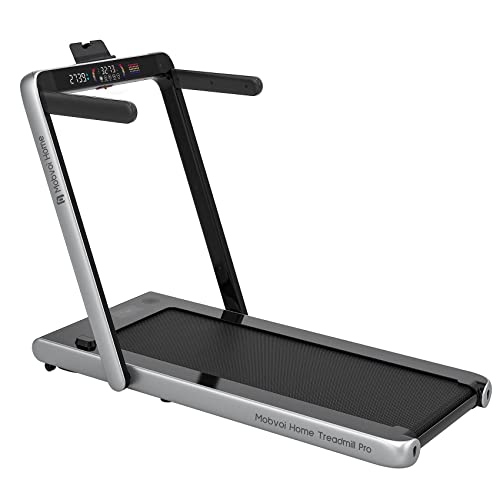The Benefits of Using Treadmill Incline: Elevate Your Workout
When it comes to taking full advantage of workout efficiency, lots of physical fitness lovers frequently neglect one reliable yet basic tool: the incline function on a treadmill. Whether you're a skilled runner or a novice looking for an efficient method to increase cardiovascular fitness, incorporating incline into your treadmill regimens can significantly boost your exercise experience. This article checks out the value of treadmill incline, its advantages, use suggestions, and answers to regularly asked concerns.
What is Treadmill Incline?
Treadmill incline refers to the angle at which a treadmill's running surface area rises. The majority of contemporary treadmills included adjustable inclines that permit users to mimic walking or running uphill. The incline can usually be set anywhere from 0% (flat) to as steep as 15% or more, depending on the model. This function can offer users with a more difficult workout that simulates outdoor surface conditions.
Advantages of Using Treadmill Incline
Utilizing treadmill incline offers a myriad of benefits for people aiming to boost their physical fitness levels. A few of the key advantages consist of:
1. Increased Caloric Burn
Among the most considerable benefits of incorporating incline exercises is the capacity for increased calorie expense. When you walk, jog, or operate on an incline, your body works harder to conquer gravity. This causes a higher metabolic rate and, hence, greater calorie burn compared to exercising on a flat surface area.
- Research studies suggest incline training can burn up to 50% more calories than an exercise on a flat treadmill.
2. Improved Muscle Engagement
Incline exercises engage various muscle groups compared to flat running. Specifically, they target:
- Calves
- Hamstrings
- Glutes
- Quads
This boosted engagement can lead to enhanced muscle tone and strength in time, contributing to better total physical fitness.
3. Decreased Impact on Joints
For those with joint concerns or those recovering from injury, working on an incline can be gentler compared to operating on flat surface areas. Read Significantly more moves some of the effect far from the knees and lower back, providing a more flexible running surface area.
Tips for Reduced Impact:
- Start with a gentle incline (1-3%) before gradually increasing.
- Use an appropriate warm-up to prepare the joints.
4. Improved Cardiovascular Fitness
Incline exercises tend to raise heart rates more than flat treadmill workouts. This can result in improvements in cardiovascular health gradually.
- High-intensity interval training (HIIT) with incline can be especially effective for boosting cardiovascular durability.
5. Imitating Outdoor Environments
Incline training permits treadmill users to duplicate the conditions of outside surfaces, assisting to get ready for road races or path running. This can enhance endurance and versatility to numerous running conditions.
How to Use Treadmill Incline Effectively
To take full advantage of the advantages of treadmill incline workouts, consider the following guidelines:
- Warm-Up:Begin with a progressive warm-up on a flat surface area for 5-10 minutes to prepare your muscles.
- Start Low:If you're new to incline training, start with a 1-3% incline. As you gain strength and self-confidence, gradually increase the incline for more obstacle.
Integrate Intervals:To raise workout intensity, alternate in between durations of flat running and higher incline intervals.
- Example Routine:
- 5 minutes flat (0%)
- 3 minutes incline (5-10%)
- 5 minutes flat (0%)
- Repeat the cycle.
- Appropriate Form:Maintain excellent posture by standing high, engaging your core, and not leaning exceedingly into the incline.
- Cooldown:Always conclude your exercise with a cooldown period on a flat treadmill to enable your heart rate to gradually go back to regular.
Frequently Asked Questions about Treadmill Incline
1. Is an incline of 15% too steep for novices?
While 15% can be challenging, beginners ought to start at a lower incline (1-3%) and gradually increase as they become more comfortable and establish strength.
2. How typically should I include incline exercises?
For best results, think about incorporating incline exercises into your routine 1-3 times weekly, depending upon your total physical fitness goals and levels.
3. Can utilizing incline aid with weight reduction?
Yes, incline workouts can significantly improve your calorie burn, making weight loss more achievable when paired with appropriate nutrition.
4. Should I utilize incline exercises whenever I walk or run?
While incline exercises are advantageous, alternating in between flat and inclined sessions can assist avoid overuse injuries and keep exercises varied.
5. Is it safe to work on an incline for extended periods?
Normally, yes, however it is necessary to listen to your body. If you begin to feel pain or pain, lower the incline or provide your body a rest.
Incorporating treadmill incline is an uncomplicated yet effective method to raise physical fitness routines. It provides numerous benefits, from increased caloric burn and muscle engagement to improved cardiovascular health. By implementing the tips described above, individuals can delight in a more diversified exercise regimen that fulfills their fitness goals and boosts their total well-being. Whether going for weight reduction, muscle toning, or endurance building, the incline function on treadmills can pave the way to a more efficient physical fitness journey.

